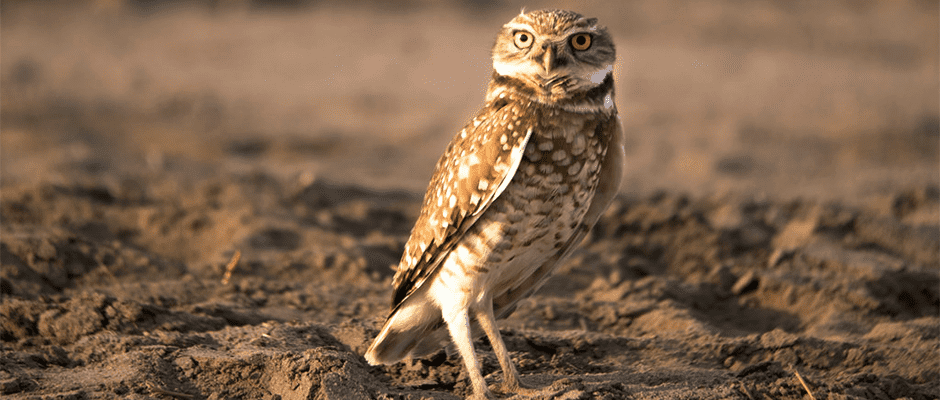Share this article
Recovering America’s Wildlife Act reaches 100 co-sponsors
The Recovering America’s Wildlife Act (H.R. 4647) – legislation that would dedicate $1.3 billion annually towards the conservation and monitoring of at-risk species at the state level – has just reached 100 co-sponsors in the House of Representatives.
The Wildlife Society and NGO partners have been seeking congressional support for this legislation since the Blue Ribbon Panel of Sustaining America’s Diverse Fish & Wildlife Resources originally recommended the framework of this legislation in the spring of 2016. Pending next steps for the legislation include a full House Natural Resources Committee hearing and the garnering of additional co-sponsors in both the House and Senate.
The Senate version of the Recovering America’s Wildlife Act (S. 3223) – which unlike the House version requires funds to be appropriated by Congress each year – has just increased its co-sponsor count to six.
The Wildlife Society and the American Fisheries Society recently sent a letter to the Senate Energy and Natural Resources Committee requesting that discussions on the need for proactive wildlife conservation funding be folded into existing discussions on an overall conservation funding framework. These discussions currently include reauthorization of the Land and Water Conservation Fund and funding for the federal lands maintenance backlog – both of which will be brought up at a Senate Energy and Natural Resources Committee hearing on Oct. 2.
If you are interested in learning more about the Recovering America’s Wildlife Act and how TWS members can support efforts to pass this legislation, go to wildlife.org/policy/recovering-americas-wildlife-act/. You can also check out the Reversing America’s Wildlife Crisis report, which details conservation successes to date and current funding needs in order to prevent state-identified at-risk species, known as Species of Greatest Conservation Need, from further declines.
Header Image: The burrowing owl (Athene cunicularia) is listed as a Species of Greatest Conservation Need in 16 states. ©Johana Madjedi








